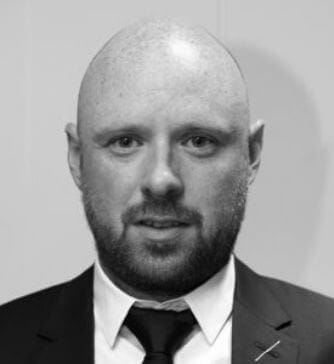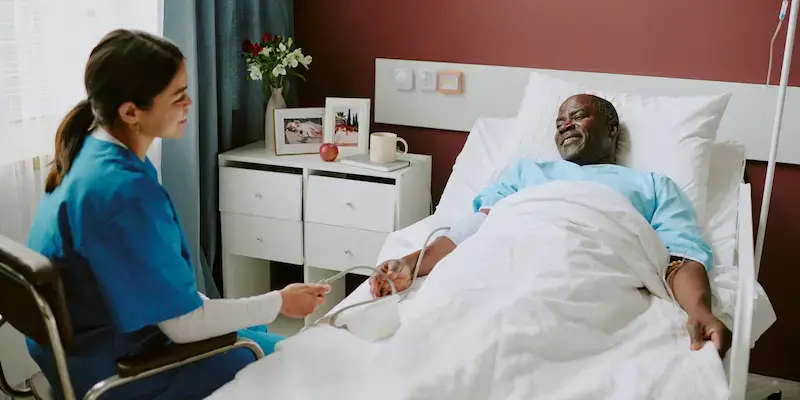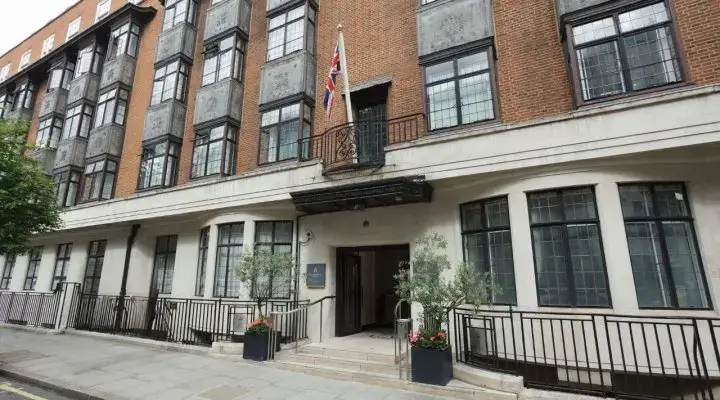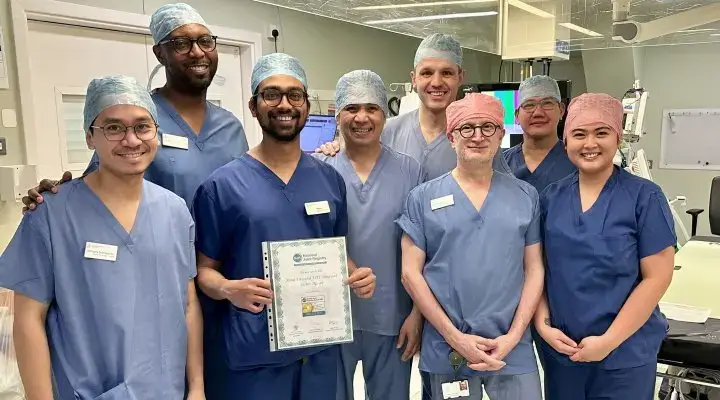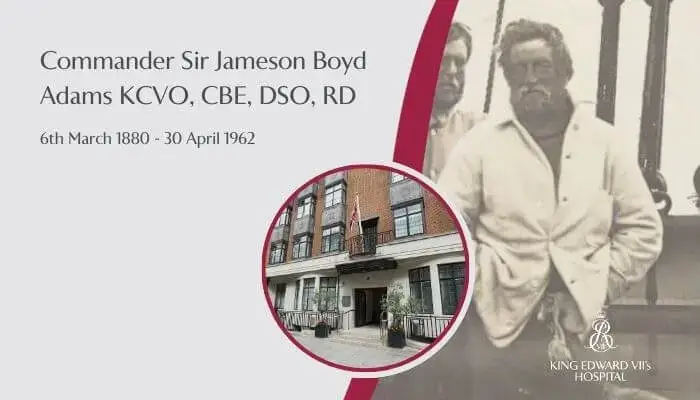Health Hub
Osteoarthritis in young people: it doesn’t just affect the elderly
Checked for accuracy by Dr David Porter

Osteoarthritis is the most common form of arthritis in the UK. It’s a chronic, debilitating condition that affects over 9 million people.
However, misconceptions about osteoarthritis proliferate – perhaps most notably, the myth that it only affects the elderly. This is not the case: although old people are more likely to get osteoarthritis (it is, in fact, most common in adults in their mid-40s and older), about 15,000 children and young people also develop this condition.
King Edward VII’s Hospital physician Dr David Porter specialises in all aspects of orthobiologics, substances that sports medicine physicians and orthopaedic surgeons use to help broken bones and injured tissues heal more quickly. He’s an internationally renowned senior physician in sports medicine and was previously the Club Doctor at Chelsea FC.
In this article, Dr Porter explains what osteoarthritis is, how it can affect young people as well as old and how it can be treated.
What is osteoarthritis?
Osteoarthritis is a degenerative condition that develops when cartilage in the joints wears down over time. Cartilage is a spongy material that’s present at the ends of the bones, to help cushion them and prevent them rubbing against each other.
When cartilage wears down and bones rub against each other causing friction, it leads to pain, stiffness and loss of movement. Osteoarthritis can affect any joint, but it most commonly affects the hands, knees, hips and spine. It occurs gradually and will eventually become worse over time.
Known as a type of ‘wear and tear’ condition, osteoarthritis can begin to affect the bones and the ligaments and tendons that hold the joint in place. This causes inflammation and the deterioration of the entire joint.
Osteoarthritis is different from rheumatoid arthritis, which is an autoimmune condition caused by chronic inflammation that leads to painful swelling and stiffness in the joints.
What are the causes of osteoarthritis?
The causes of osteoarthritis generally differ between someone who is young and an older person with the condition.
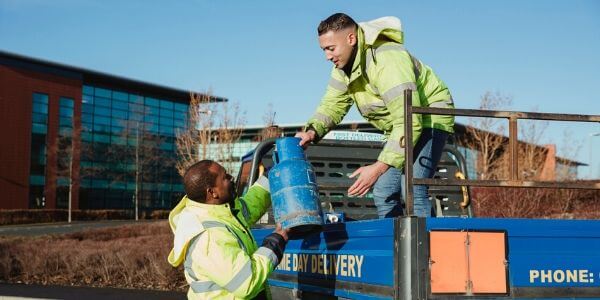
Causes of osteoarthritis in the young include:
- Being overweight or obese, which puts extra pressure on the weight-bearing joints
- Leading a sedentary lifestyle
- Having a job that requires sitting down for long periods of time (which can lead to osteoarthritis in the lower spine)
- Poor posture when sitting for long periods or regular heavy lifting
- Performing regular impact sports, such as football or hockey
- Having a job that puts continued strain on the joints
- Joint injuries
- Being very active or athletic
- A family history of osteoarthritis
- Being born with hip dysplasia
- Having diabetes or a disorder related to growth hormones
Osteoarthritis in older people and the elderly is usually down to wear and tear of joints that naturally occurs with age.
What does osteoarthritis feel like?
Osteoarthritis can cause all, or some, of the following symptoms in one, or multiple, joints:
- Pain when moving the affected joint
- Tenderness when applying pressure to the area
- Reduced movement and flexibility
- Stiffness in the joint after long periods of rest, such as waking after a nights’ sleep
- External swelling, which indicates inflammation inside the joint
- A ‘grating’ sensation on the inside of the joint when moving it
- A popping or clicking sound when moving
- Hard lumps forming on the joint, which indicates the development of bone spurs (bony growths)
How does osteoarthritis affect young people differently?
Although osteoarthritis is more common in older people, many young people in their teens, 20s and 30s can still suffer with the condition. The symptoms are generally the same, no matter how old you are, but it can affect young people differently.
Early onset osteoarthritis can affect a young person’s ability to carry out their job or perform their favourite exercise. Older people will still be affected in the same way, but perhaps they might be retired and less keen on intense exercise or professional level sports.
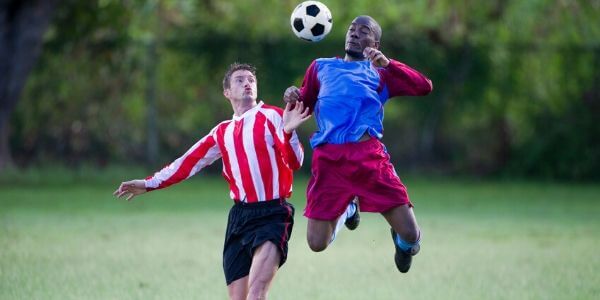
In especially young people, such teenagers, osteoarthritis can affect mental wellbeing too. This is a time when there’s a pressure to ‘fit in’ and be like everybody else. If osteoarthritis means teens can’t do the same sports or have the same social life as others, then they may feel left out and socially isolated.
Osteoarthritis in young people can also have an impact on education. If time is needed off school to attend appointments, have surgeries or to deal with pain, then they could be at a disadvantage when it comes to exam passes and grades. Simply walking to school or sitting for long periods of time can also be challenging.
Young people in their 20s and 30s can be left behind in the race for university places, jobs and careers if their school grades have been affected or they’re suffering flare ups preventing them from achieving what they want to achieve.
During this time, social lives, friendships and relationships can become strained or difficult to obtain.
If you’re a young person suffering with osteoarthritis, Versus Arthritis has lots of valuable help, information and support available on their website.
What are the steps to diagnosis?
Speaking to your GP (or your child’s GP) about your symptoms is a good place to begin getting a diagnosis. They’re likely to refer you or your child to a sports medicine physician or orthopaedic surgeon who may then carry out all, or some, of the following tests:
- A physical examination of the joint to assess tenderness, swelling, inflammation and mobility
- Blood tests, to rule out the possibility of rheumatoid arthritis or other conditions including gout(there is no blood test for osteoarthritis
- An x-ray to assess for the loss of cartilage (depicted by a narrow space between the joints) or bone spurs
- An MRI scan to provide a detailed image of the inside of the joint, including the soft tissue
What are the treatment options?
Although any damage to the joints cannot be reversed, the symptoms of osteoarthritis can be managed, allowing sufferers to live as normal a life as possible.
Treatments for osteoarthritis include lifestyle advice, medications, orthobiologics and surgery.
Lifestyle changes include taking steps to lose weight if necessary and doing low impact exercise, such as yoga, to help strengthen muscles around the joint to stabilise it. Your doctor may refer you to a physiotherapist if your job or choice of physical activity is causing your symptoms. They may also recommend topical treatments or the use of hot or cold compresses.

Medications for osteoarthritis include pain relievers such as over the counter non-steroidal anti-inflammatory ibuprofen, or stronger pain reliever prescriptions.
Potential surgical procedures include cortisone injections shot directly into the affected joint which helps to reduce inflammation. These can only be administered by a specialist doctor three or four times a year.
Hyaluronic injections can also help, as they can provide lubrication and cushioning. Hyaluronic acid occurs naturally in healthy joints, but can be lost in joints affected by osteoarthritis.
Platelet rich plasma (PRP) therapy is a highly-personalised treatment which has been used for more than a decade in professional sports for both men and women. PRP treatment involves the collection of a small amount of the individual patient’s own blood and spinning it in a centrifuge to separate the platelets from the red blood cells. The platelets are then injected into the area of injury to stimulate healing and regeneration. Platelets are the body’s own wound and injury healing mechanism.
Arthroscopy, a type of keyhole surgery, can also be effective. During the procedure, your surgeon will use long, thin instruments inserted into the joint to remove damaged cartilage and bone fragments than can be causing your pain.
In severe cases, it might be necessary to have the joint replaced, such as a knee replacement or a hip replacement.
More information
- If you think you have osteoarthritis, whatever your age, speak to your GP as a first step to getting a diagnosis and help to manage your symptoms. (Don’t have a GP?)
- King Edward VII’s Hospital physician Dr David Porter has worked in elite performance-focused sport for a decade, giving him unrivalled knowledge of the most up to date treatments. Make an enquiry.
Article Sections
Latest Hospital News
Should you wish to speak to our press team, please visit Press Enquiries
